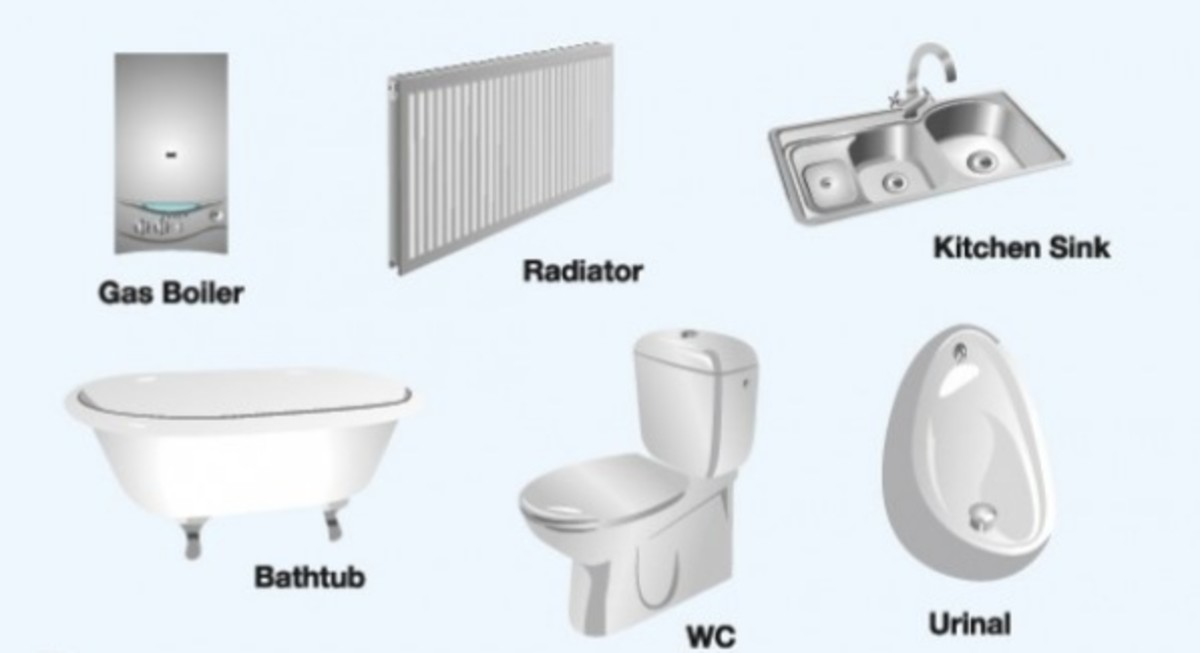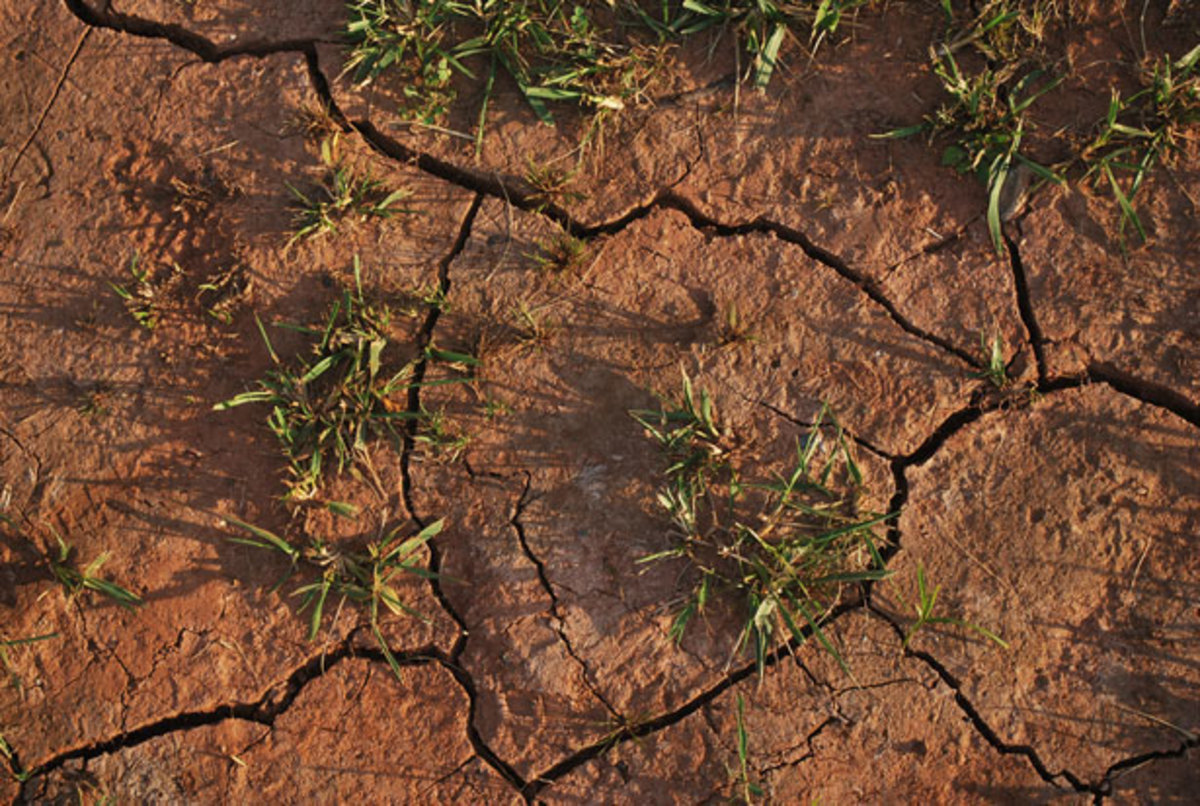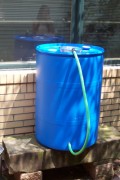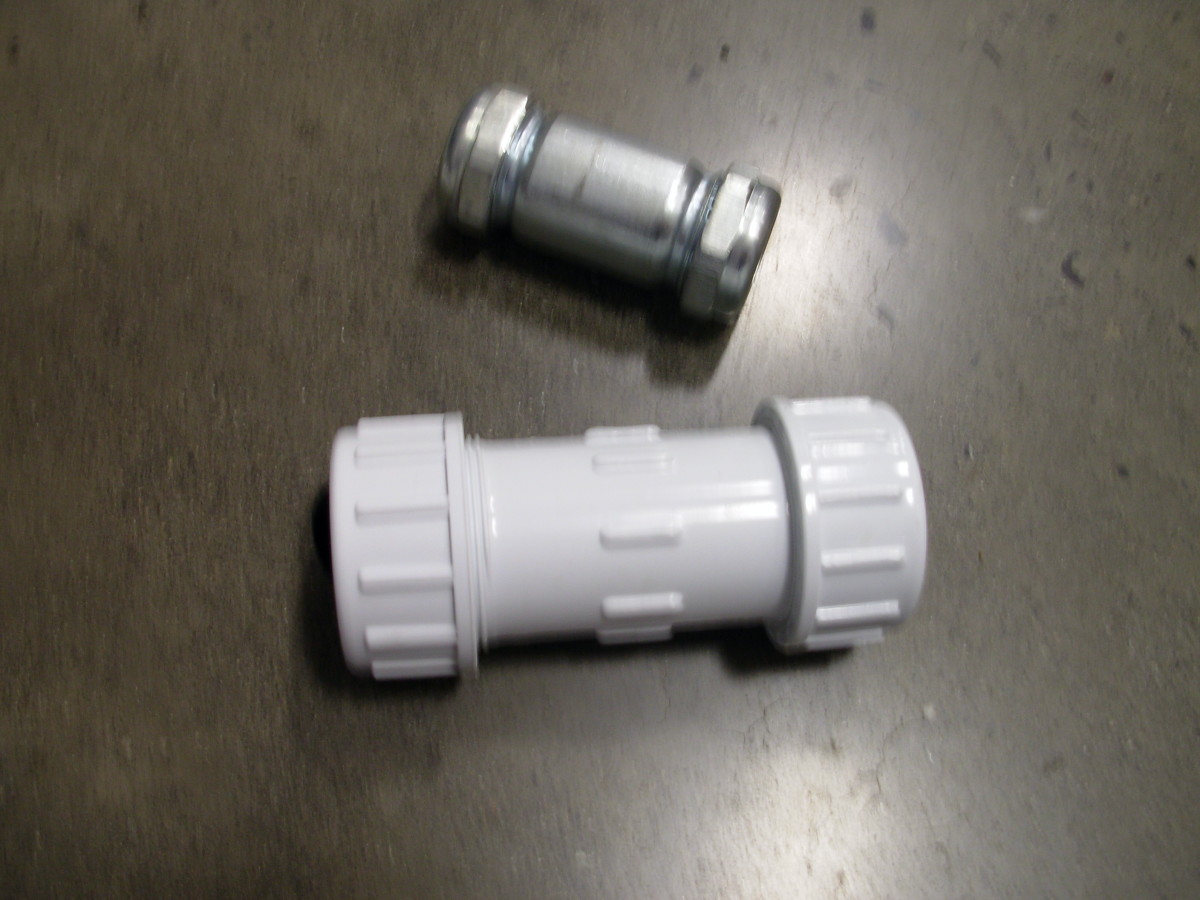Water Conservation | Water | Cisterns | Rainwater Holding Tanks | Gray Water Uses

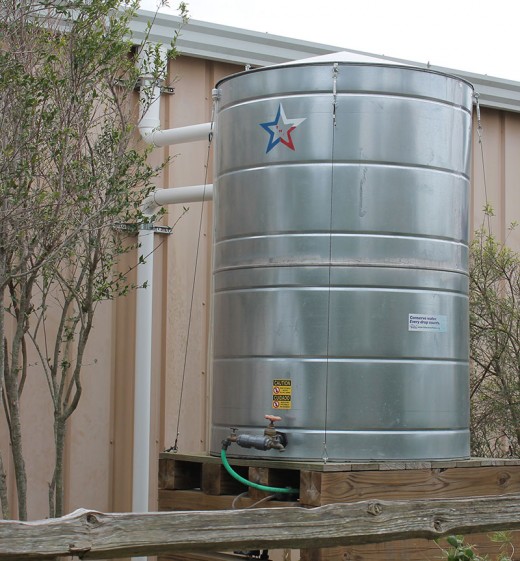



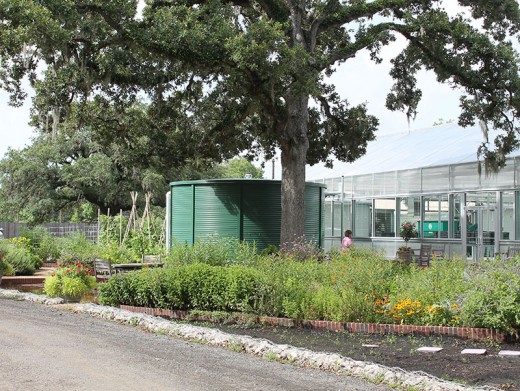
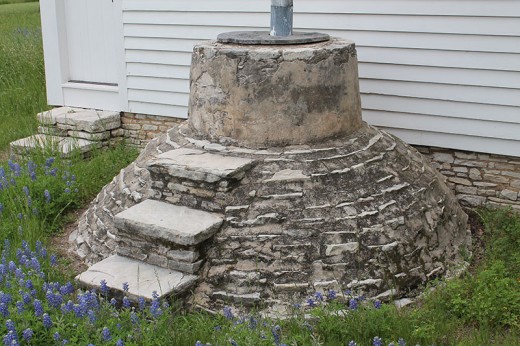
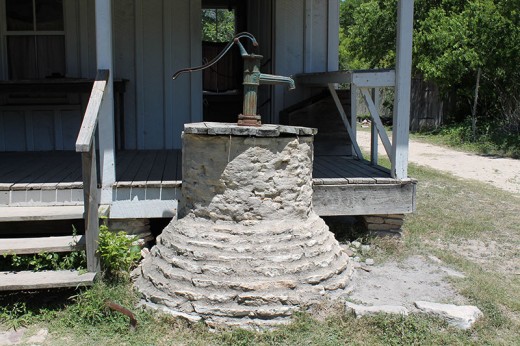
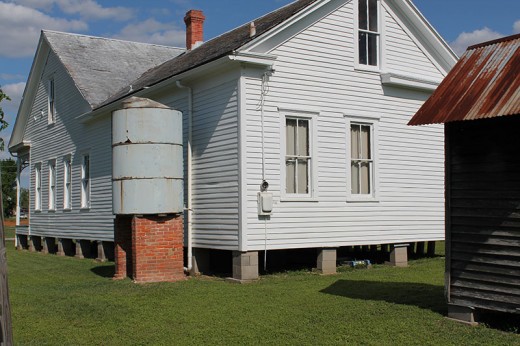
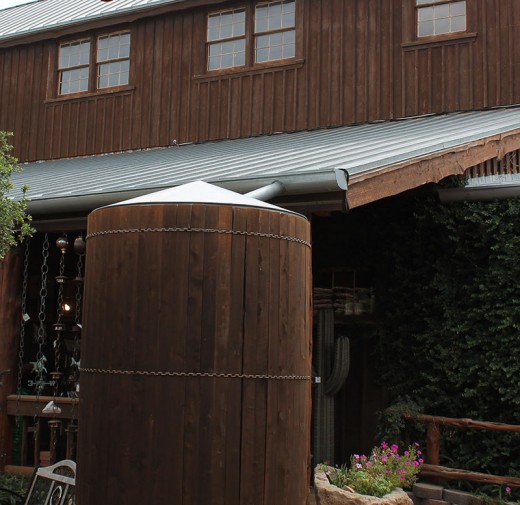
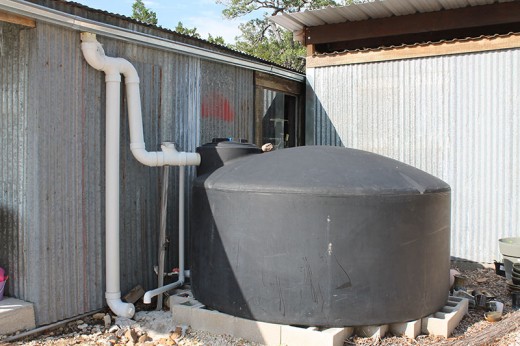



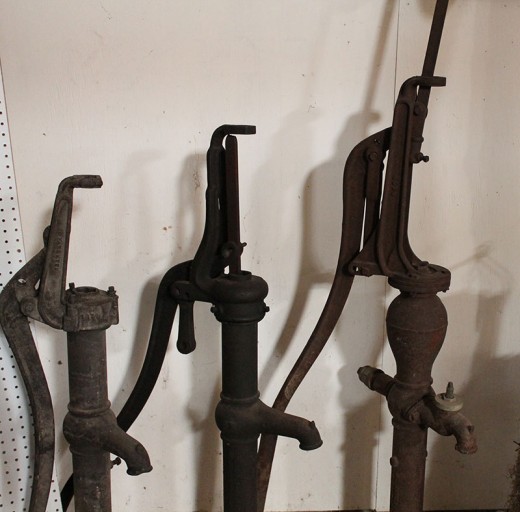
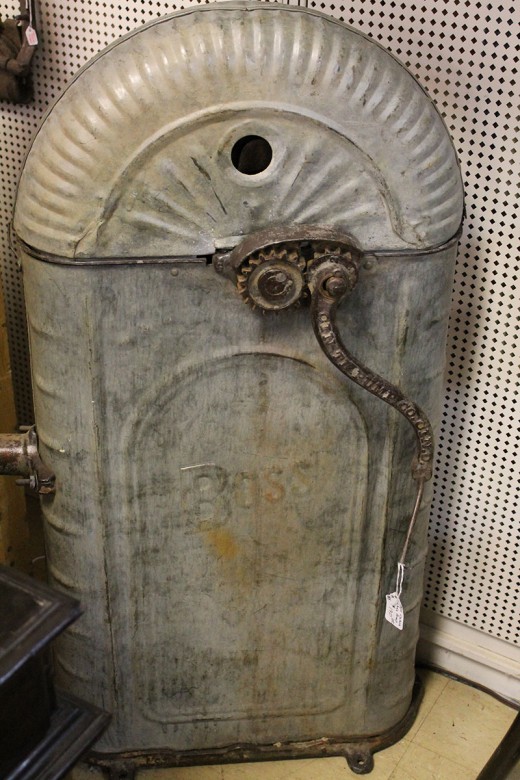
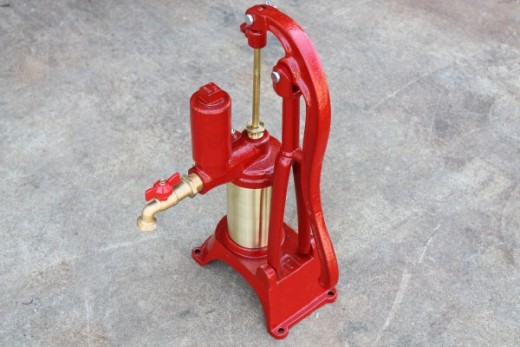
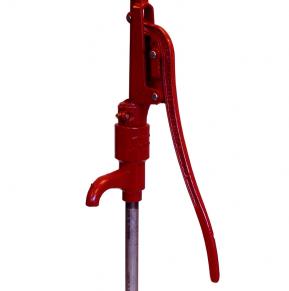
Is rain water or gray water catchment conservation in your future?
It maybe coming quicker than you realize especially if your area is already dealing water supply issues.
The future of water conservation from rain water is already a fact of life in many areas.
Overview of rainwater and gray water usage
In many areas around the world it's already a requirement to have a rainwater catchment system either by regulation, necessity or the cost and availability in obtaining water.
Others are doing so voluntarily out of concern with the ever increasing population and the decline in this precious life sustaining resource.
In some areas that are prone to flooding during heavy down pours, rainwater collection serves two purposes.
Not only does it collect rainwater for water conservation it also serves as detention to help ease the strain on storm drains.
New commercial and industrial construction projects with large roof areas are opting for rainwater collection tanks similar to farm grain storage tanks.
This is often an acceptable alternative in having to purchase additional premium real estate often sold by the square foot just for rainwater detention.
Depending on the roof area it may take several acres to build the size of required rainwater detention pond.
Rainwater can provide soft non potable water for many home task including, irrigation and the watering of plants.
For years people used rainwater directly from a cistern for drinking and potable water.
Since rainwater can now contain pollutants and toxic chemicals a rainwater collection system should be attached to a purification system for drinking and potable uses.
Many old timers who were forced to convert over to city water systems still collected rain water to wash their hair and to water their plants.
They claimed the chemicals used in city water were just too harsh.
Were codes allow, gray water can also be captured and used for irrigation.
Gray water is a pretty controversial topic and probably will not move forward as quickly as rainwater collection initiatives.
Gray water is considered any water that is passed through from sinks, tubs, showers, and laundry excluding the kitchen sink with a garbage disposal.
Water passed through toilets and garbage disposals is considered black water and must be disposed in a sanitary manner.
Issues with gray water usage
Most local and state codes still dictate that gray water can only be discharged into a sanitary sewer system.
Discharging gray water into an irrigation system would be considered illegal in most areas.
The concern is that there's still potential pathogens and fecal mater that passes through from bathing and hand washing.
The technology is available to treat gray water to the point that it would be safe to use for irrigation and maybe even to recycle for flushing toilets.
In fact aerobic septic systems already convert conventional septic black water sewage to clear clean non potable water that discharges into a set of lawn sprinklers.
A chlorine tablet is used to sanitize the water just enough to use it for irrigation. A similar system is within comprehension to also recycle gray water.
Rainwater collection and containment
Rain water can be contained in a gravity feed system for irrigation but can also be pressurized with a pump to be used for bathing, flushing toilets and even washing clothes.
Many remote country homes still collect rain water in cisterns as the homes only and main water source. However again, drinking unfiltered rain water is not advisable because of all the toxins and pollutants that gather in the rain clouds as they pass over large cities.
The impact on population growth and adequate water sources
As the population expands and the lack of annual rain fall amounts diminish we have to face the facts.
Water supplying reservoirs and underground aquifers are lower than they were just 10 years ago.
The endless supply of water that we have enjoyed for so many years may be drying up in many areas or just not keeping pace with the population growth.
Water is something that we often take so much for granted.
Rain water collection may soon be required for many areas in the US. It already is in such places as the US Virgin Islands.
Elsewhere people are already adding rain water storage barrels, tanks and cisterns to augment their annual water needs.
In those areas the evening weather and news broadcast provides the community with the local water supply levels.
They urge water conservation when the water levels are reaching critical levels.
Some municipalities even place restrictions on lawn watering and the washing of automobiles.
Considering that the average person uses 80-100 gallons of water per day, the average family of three then uses over 100,000 gallons of water per year.
This doesn't include other water needs on a self-sufficient homestead for livestock and irrigation needs.
Interesting that emergency preparedness experts say that a person should have one gallon of water for drinking and another four gallons of potable water per day for hygiene and cooking needs.
Even if one was to double this amount of potable water to 10 gals per day the average person is still using an additional 70-90 gallons per day.
Granted the emergency preparedness probably doesn't take into account washing clothes, long hot showers and other daily uses that wouldn't be considered emergency use.
We are really using a lot of this precious resource than we may realize.
Different rainwater collection devices
The concept of rain water barrels and cisterns is not new. Before deep water well drilling capabilities were ever invented rain water had to be captured and stored.
Plastics and metal were not options in the early years of our country, so most cisterns were hand dug or built above ground and lined with masonry jointed bricks and rocks.
Above ground water tanks were also built just like large wooden barrels up on a stand or tower. Later galvanized tanks became the choice for above ground storage tanks. Newer plastic and fiberglass tanks are now very popular.
Water is either stored below ground and pumped up using a hand, wind or electric pumps, or stored above ground and allowed to drain by gravity.
In areas subjected to deep freezing temperatures, the below ground storage method was and still is the only real option for year round use.
Potable verses non potable water
Water is classified as potable or non potable. Potable water means that its safe to drink and cook with. Non potable water can be used for non human consumption, such as irrigation, washing cars, laundry and so forth.
Still rain water can be either purified for potable water or used for non potable water needs.
Living in the country with less restrictive building codes allow some people more flexibility in the use rain water or other water from a nearby pond for non potable uses.
Such non potable water has successfully been used in toilets, washing clothes and outside for washing autos and irrigation.
Growing up in the country our new home water well was not adequate to provide all of our water needs.
Dad, set up a separate pump and pressure tank that pulled water from our lake and directly feed the toilets, washing machine, and outdoor hydrants.
You will want to check with your local county building codes before moving forward with a non potable water system.
The use of such non potable water does require a complete and separate water system to pump and pressurize the water for use.
Each water device designated for non potable water use should be plumbed and clearly labeled for non potable use.
This is to prevent a stranger, visitor, or new home owner unknowingly taking a drink from a non potable plumbed water source such as an outdoor water spigot.
Non potable water should never be cross connected to a potable water system.
Doing so is illegal especially in areas that is connected to a community supplied water system as contaminated water could easily back flow and contaminate the community system.
Some local plumbing codes still dictate that only potable water can be used in household appliances such as toilets and washing machines.
The future of water conservation
As water conservation moves forward those codes will probably change to require the incorporating of rain water, or even gray water storage systems into new buildings for non potable uses.
In some areas states are already forcing Home Owner Associations,(HOA's) by law to accept drought resistant landscapes. Rain water and gray water catchment systems for irrigation are just a matter of time, especially in areas that are already struggling with water supply issues.
Considering non potable water uses could account for a large majority of the annual water usage. Rainwater and gray water storage is something to place on the future water conservation agenda list.
If building or remodeling a home is in your future, now might be a good time to consider a separate line to water sources that could latter be converted to non potable water uses.
The same idea can be applied to sewer drains that could be used later to collect gray water.
Plastic and PVC plumbing is rather inexpensive, by going the extra step to add it now may save you in the long run if you decide or need to convert to alternative water supply methods.
Both supply and sewer lines can terminate at a location where they would currently connect into the main incoming and outgoing lines but would be constructed so they could later be cut off and used for these alternative water sources.
During dry spells the catchment tank could still be filled with potable water using an air gap fill or back flow device approved by code to keep non potable water from entering into the potable system.
Converting an existing home may become costly and nearly impossible if the home is built on a slab.
What can be done now
Rainwater has long been considered more beneficial to plants than regular tap water making it the most natural way to irrigate.
The simplest water conservation method is to add a plastic or wooden 55 gal collection system next to a rain water down spout.
These are just merely a drop in the bucket considering the amount of non potable water that we use.
However, they are a good start. Ready made small rain barrel systems are available at some home centers and garden supply stores.
Buying them online is an option but because the barrel is so large and bulky, shipping cost can be prohibitive.
You will need a diversion “Y” to go into the downspout that will allow you to drain directly into the rain barrel and then divert the water back to its normal flow when the rain barrel becomes filled.
The alternate method is to have an overflow drain at the top of the barrel that accomplishes the same task.
Plastic 55 gals barrels are also available for sale from area industrial and commercial companies that purchase liquid in bulk.
You will want to know what was in the barrel before re-purposing it into a rain water barrel. Hazardous and toxic chemicals maybe harmful to your family and plants.
They will also likely be a bright color such as blue that won't fit well into the landscape as one already made in black or dark green.
This plastic does not hold paint very well, so having to go to the expense of creating a screen may balance out to just buying a ready made rain barrel system.
You will want to keep the top covered so that animals and children do not climb up on top and fall in. It will also need a screen to keep the shingle granules, leaves and debris from flowing into the tank. The ready made ones will have a screen built into the top.
A ready made rainwater barrel will also have a threaded spigot port near the bottom. Standard barrels will have one as well but, it will be located on the top.
Add on threaded spigot ports can be purchased at a farm supply or other store that sells plastic sprayer tanks for agriculture use.
A hole will need to be drilled and a threaded spigot insert will need to be added. This might be a challenge if the barrel has a sealed top.
Ideally you will want the barrel high enough to gravity drain into a garden hose to reach your plantings.
Again a 55 gal drum of water will be fine for a few house plants and a small garden, but not much more, so consider adding more around the house or going with a larger tank.
In the pictures you will see two brown 55 gallon rain barrels set on steps. As the top barrel fills it overflows into a clear tubing down into the next barrel.
To really make an impact a tank that is 500 gallons or larger will be needed. Most of the large tanks in the pictures are 1000-1500 gallon tanks.
To find calculations on how many gallons of rain water that can be expected in your area, Google "How to calculate rain water collection capacity".
Larger plastic and metal rainwater tanks are also available. However, they may not be as available in most areas as somewhere water conservation is already a way of life.
Most all new construction, including commercial construction in these areas now incorporate rain water storage tanks.
In fact the tanks are being designed in the landscape to highlight the owners commitment to water conservation.
The one with the limestone tank in the picture is a new bank building in Navosota Texas. The rain water storage tank has been designed as part of the front of the building.
In traveling through these types of areas you will see rain water collection systems being built in conjunction with new schools and factories.
If you do go with an underground tank either a hand pump or electric water pump will need to be added.
An electric pump allows you to have some pressure over a hand pump, although a force hand pump such as the Heller Aller PHB pump will allow you to pump water up into another tank for gravity fed use.
The pictures show several old cisterns and above ground storage tanks as well as some new construction.
Heller Aller hand pumps are American made and have been made since 1886. They are available at such places as Cottage Craft Works .com
The pitcher and shallow well pumps are designed for wells up to 20’ deep. The deep well water hand and windmill pumps are designed for deeper drilled wells.

